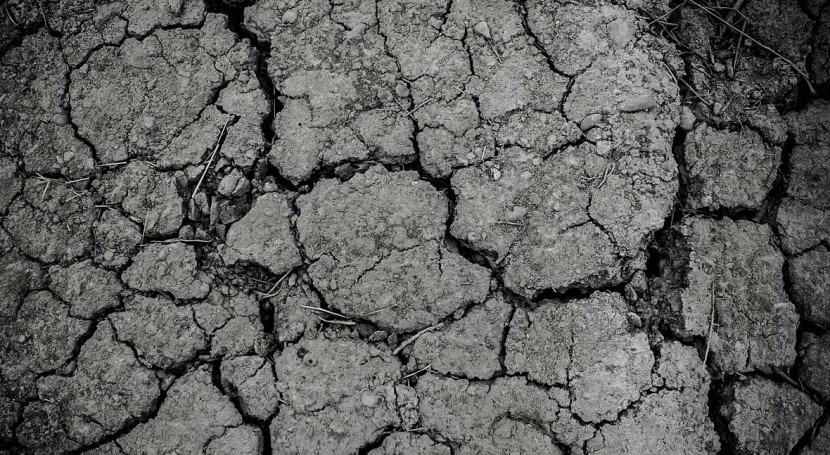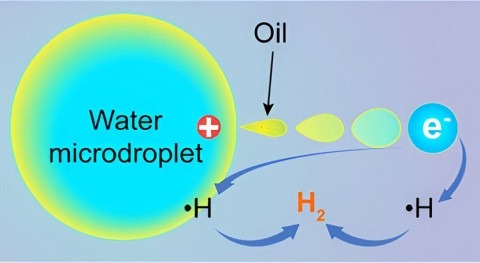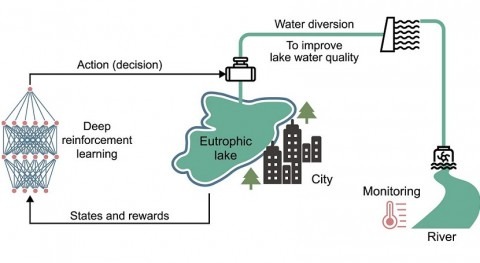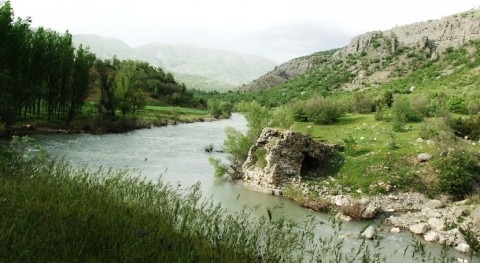Flash drought is a new phenomenon with increasing prominence due to global warming. Drought develops rapidly without sufficient early warning, and has stricken the world with severe impacts during recent years, such as the droughts over central USA in 2012 that caused billions of dollars of economic losses; southern China in 2013 that affected 2 million hectares of crops in Guizhou and Hunan provinces alone; and those in southern Africa in 2015, and northern USA in 2017. There is hence an urgent need to investigate flash drought risk and its underlying drivers in a changing climate.
"Still, how will the flash drought risk change in a warming future climate remains unknown for a number of reasons," said Xing Yuan from the Nanjing University of Information Science & Technology, "for example, there's a diversity of flash drought definitions that scientists haven't agreed upon, the role of anthropogenic fingerprints is not clear, and we are not sure of future socioeconomic scenarios."
Yuan and his Ph.D. students Linying Wang, Peng Ji, and Miao Zhang from the Institute of Atmospheric Physics at Chinese Academy of Sciences, Dr. Peili Wu from the UK Met Office and Prof. Justin Sheffield from the University of Southampton, address the above issues in a recently published study in Nature Communications.
Their study focuses on China where rapid industrialization and urbanization have significantly increased environmental vulnerability under global warming. They proposed a new definition of flash drought based on rapid decline rate of soil moisture and the dry persistency. The new definition captures both the "flash" and "drought" characteristics, and the duration constraint gives enough time for a flash drought event to cause ecological impacts.
"We carried out land surface ensemble simulations driven by multiple climate models under different external forcings, such as greenhouse gases," said Yuan.
Results show a significant increasing trend of flash drought frequency in China during 1961-2005, with a clear 77% footprint from anthropogenic greenhouse gas emissions. Under moderate emission scenarios, the exposure risk in China will increase by 23% in the middle of this century. This increase can reach up to 40% in the southern provinces with humid climates (such as Guizhou, Guangxi, Guangdong, Zhejiang, etc.), while the exposure risk in semi-arid northern areas will decrease.
"This indicates that anthropogenic climate change has changed the traditional arid areas, and more attention should be paid to deal with flash drought risks in humid and semi-humid areas." Said Yuan.



















